The recent downward pressure in the sheep trade is raising more questions regarding market prospects for the coming months. The current trade is being influenced by the dynamics of supply and demand, which we will revisit later in the article.
The greatest factor that will influence markets in the short term is the Islamic religious festival of Eid al-Adha which takes place from Wednesday 28 June to Sunday 2 July.
As demonstrated in Figure 1, the festival has underpinned the largest weekly sheep kill in recent years with throughput recorded in the region of 78,000 head in the last three years.
Depending on how the festival falls, increased demand can spill over into the preceding or subsequent week. There is normally a lull in demand in the wake of the festival as markets adjust before throughput finds its natural level thereafter.
Price stability
As detailed in Figure 2, the festival generally does not generate a significant increase in price. However, it normally keeps a floor under the trade for at least a couple of weeks and stems the seasonal reduction in price.
As is usually the case, there are lots of reports at present pointing to increased demand for lambs for exporting live. This is a normal feature of the trade in the weeks leading up to the festival and the outcome is typically linked to prices here and export markets and the potential to deliver a margin.
This year is likely to be no different and the prospects for live exports will depend on these considerations in the coming weeks.
It is early days to be talking about breeding but it is worth noting that the festival moves forward each year due to differences in the Gregorian and Islamic calendars.
Northern trends
The Eid al-Adha festival fails to deliver the same jump in throughput in northern plants with the sheep kill generally increasing by about 1,000 to 1,800 head. It does, however, generate extra competition in the live trade with agents purchasing on behalf of southern plants more active in the lead up to the festival. There was also higher demand in 2022 for sheep exported live to Britain.
Current trade
Getting back to the current trade and the dynamics of supply and demand, there is continued downward pressure on the trade but relatively tight supplies have helped to keep a floor under the trade.
The latest Bord Bia sheep market analysis shows current farmgate prices averaging €7.36/kg, marginally behind the corresponding price of €7.39/kg in 2022.
Year-to-date prices are significantly lower with the average 2023 price of €6.51/kg some 47c/kg lower than in 2022. This has stemmed in the main from lower year-on-year returns for hoggets.
An analysis of sheep throughput for the year to date shows hogget throughput of 919,879 head running 54,422 head higher than 2022. Last week’s kill figure of 18,373 hoggets is 5,778 head lower than the previous week but over 5,000 head higher year-on-year.
In contrast, the lamb kill continues to lag behind recent years’ levels. Throughput last week was recorded at 25,659 head, up 6,202 on a fortnight ago and 3,558 head lower than in 2022. The cumulative kill for 2023 at 90,810 head is running 25,528 head lower.
There is much discussion among farmers pointing to an exodus of sheep from the sector, fuelled by higher throughput of cull ewes. Feeding in to these reports is significantly higher throughput of ewes in mart sales.
This is not following directly through to kill figures with last week’s kill of 5,494 ewes steady on recent weeks while total throughput is just 267 head lower than in 2022.
Granted, there are higher numbers of ewes being exported live but figures are not major. It is apparent that an increasing number of farmers are taking advantage of the vibrant live trade to present ewes live rather than send directly to the factory.
The trade in the coming weeks is likely to be influenced by a lower scanning rate in earlier lambing flocks.
Anecdotal reports show litter sizes reducing by in the region of 0.2 lambs which may feed through to continued tighter numbers. It is also possible that hogget supplies will continue to come on stream at a low figure well in to June but it is not known if this will compensate for lower lamb throughput.
The prospects for lamb markets in the longer term will be influenced by market dynamics in Britain.
Consumption there remains under pressure and this is adding to increased exports.
There is also the background threat that Australia’s tariff-free sheepmeat quota, which is over 14,500t (pro-rata) in 2023 and comes into play on 31 May, could see higher volumes of sheepmeat destined for British shop shelves.
The hope on this front is that China’s sheepmeat import requirement has been showing firmer signs of recovery and that this will stem any major influx of product.
This quota increases to 30,556t on 1 January 2024 for year two. This situation is rightly putting more attention on the need for longer term security under the Brexit Adjustment Reserve and the need to advance access for sheepmeat to the US and Chinese markets.



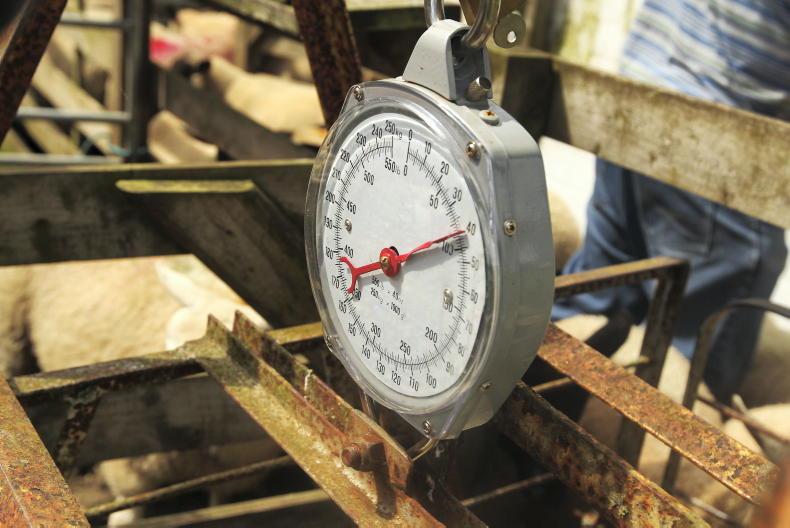

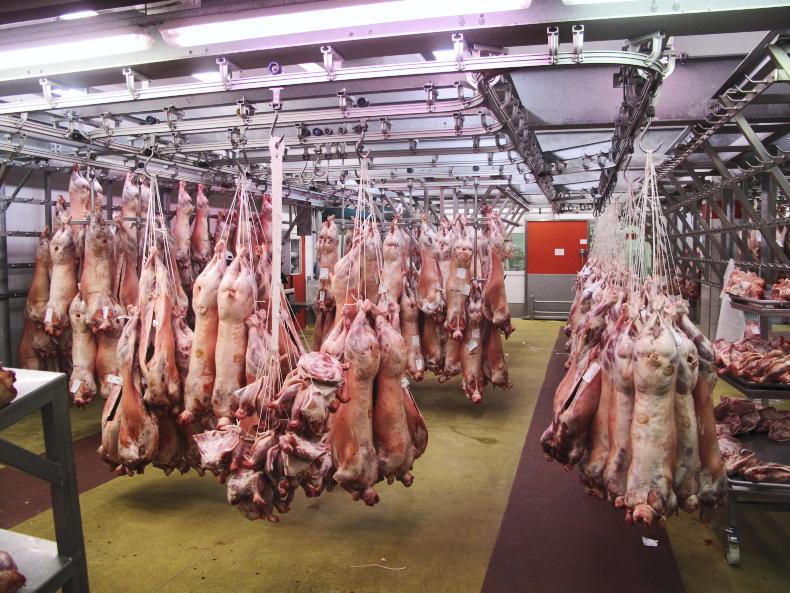

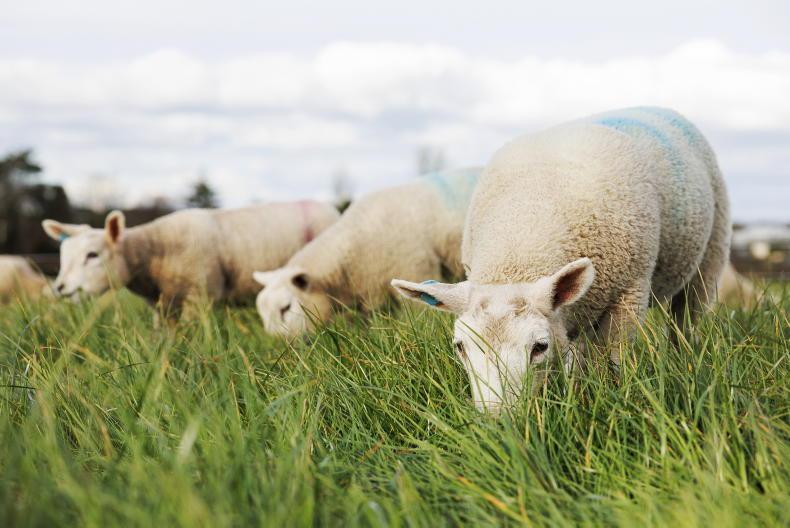
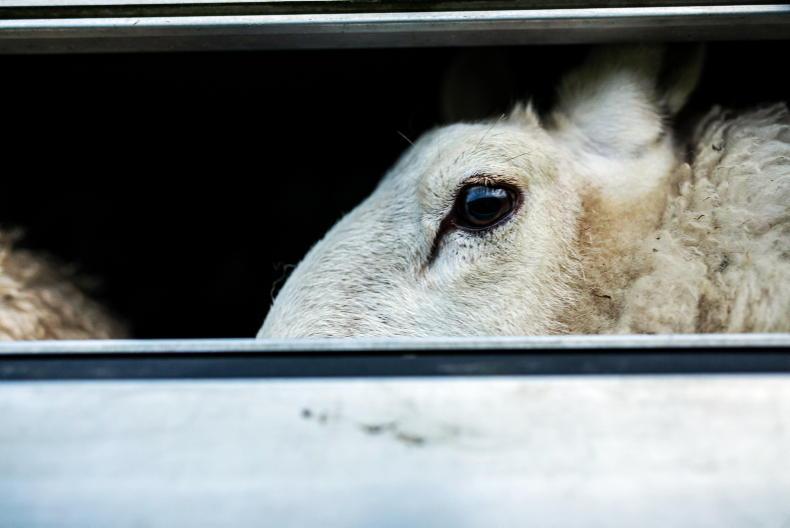
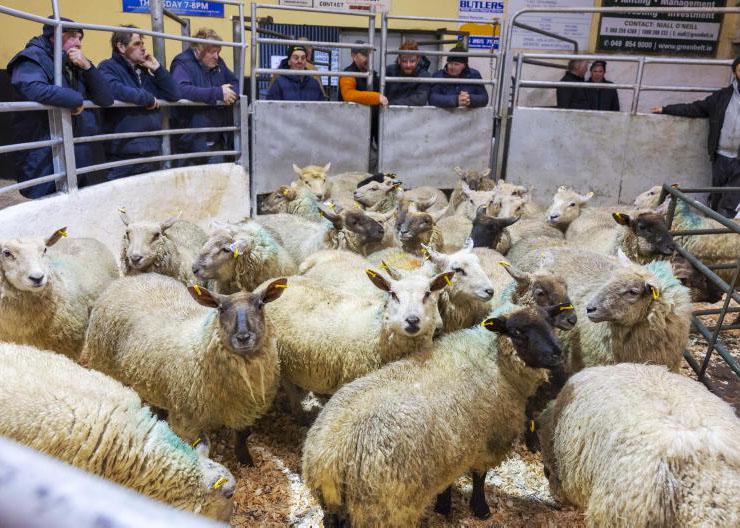
SHARING OPTIONS